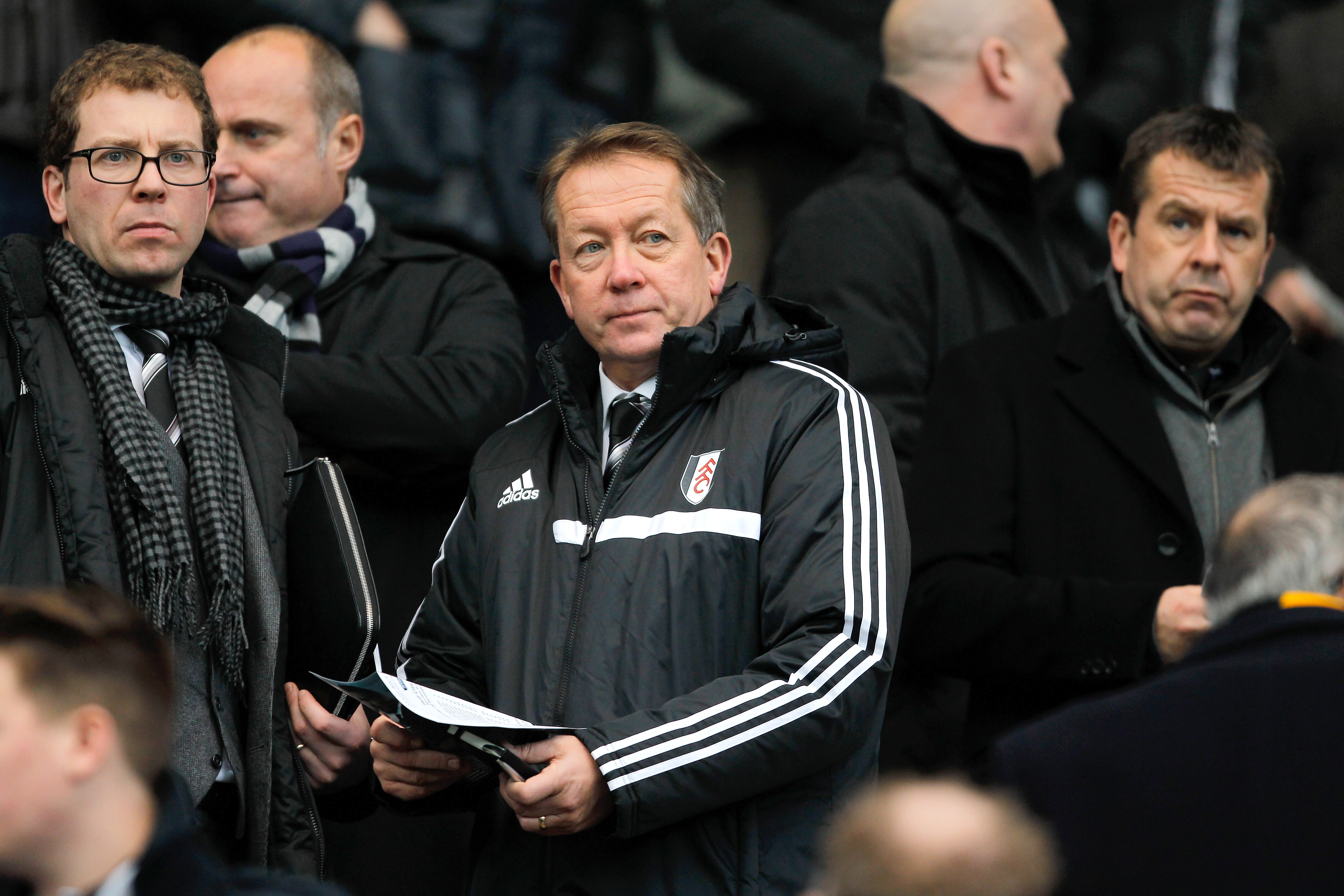Hodgson's three biggest mistakes with England at the World Cup
This time there were no contentious refereeing decisions or heartbreaking penalty shootouts for England. Instead, suggests Kain Watson, the blame lies at the feet of manager Roy Hodgson...
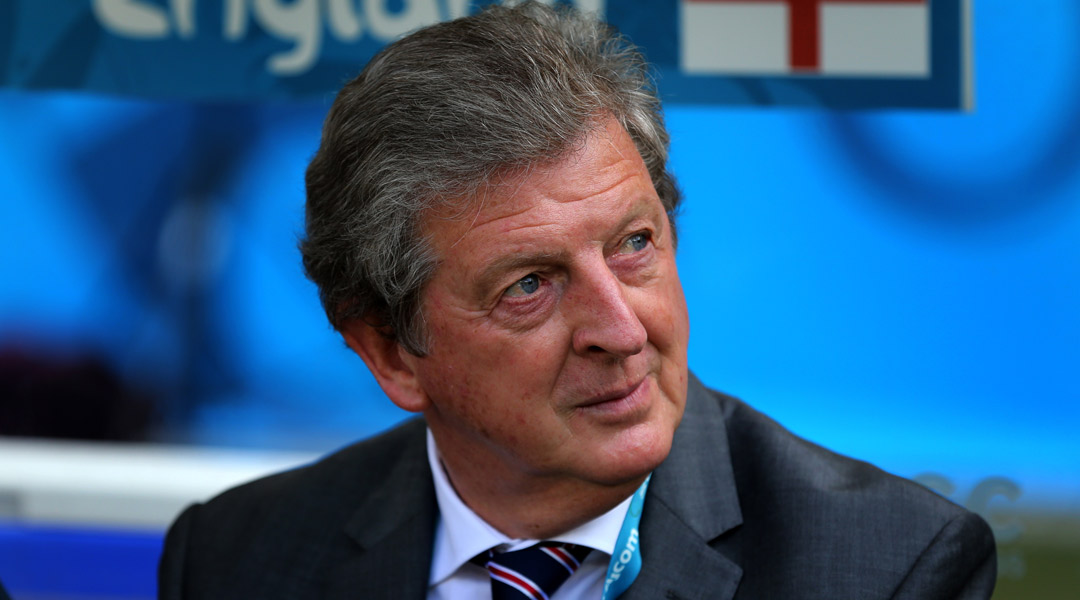
1) An over-reliance on width
The 4-2-3-1 formation that Hodgson adopted simply didn’t work. He tried it in warm-up games against Ecuador and Honduras, which produced two underwhelming draws against considerably weaker opposition. Instead of learning from these friendlies and opting for a new approach, Hodgson decided to stick with the same one.
A feature of Hodgson’s England is their significant over-reliance on width. Only 20% of England’s attacks come through the middle of the pitch – the lowest percentage of any team playing in the 2014 World Cup finals.
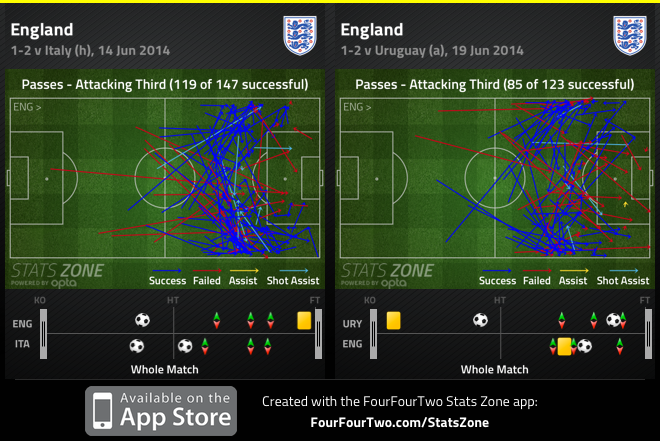
As the Stats Zone screen above shows, any attempts to play through the middle were predominantly long balls, and thus far less likely to be successful. However, it's worth noting that England generally created their chances from central positions.
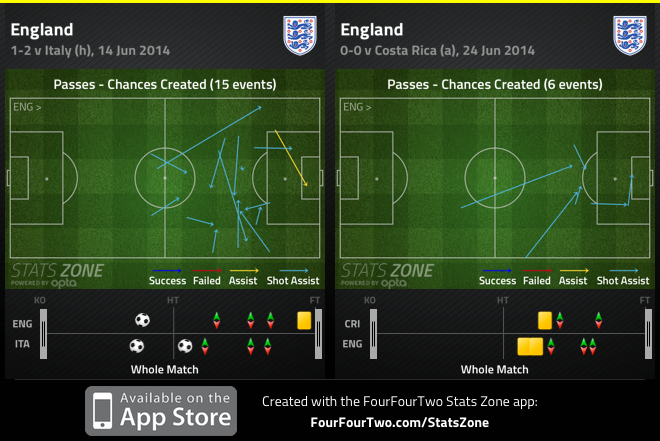
But instead of playing to England’s attacking strengths, Hodgson seemed adamant that his wide players held the key to success. Central midfield was predominantly used to maintain possession until space could be created out wide for a plethora of unsuccessful crosses.
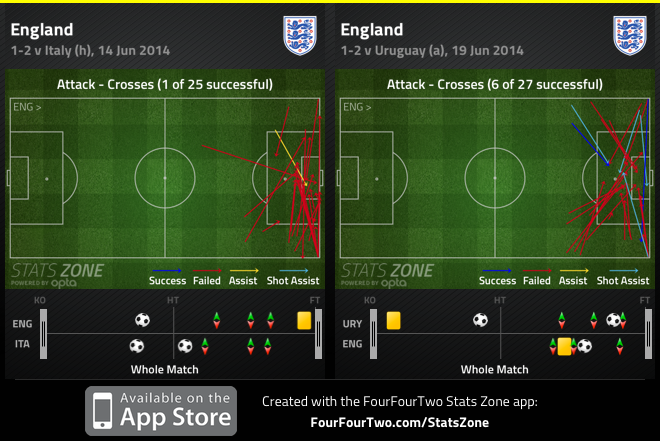
At the time of writing, England have completed the fourth-most successful dribbles (41) and attempted the joint-fifth highest number of crosses per game (an average of 24). Decent stats on paper, perhaps, but they ultimately counted for very little.
2) Not playing to Sturridge's strengths
The best features, fun and footballing quizzes, straight to your inbox every week.
Daniel Sturridge cut a forlorn figure in Brazil. He was tasked with spearheading England's attack and getting on the end of crosses – neither of which are proven strengths of his. He excelled last year for Liverpool in more of a trequartista role; enjoying the freedom to roam behind Luis Suarez.
He thrives off receiving passes to feet and working in space, coming deep to get the ball while his strike partner stays in an advanced position.

The above graphic shows that Sturridge received the majority of passes in central areas for Liverpool, as opposed to on either wing. Compare this to his England performances, however, and there’s a noticeable difference.

A consequence of Hodgson’s desire to neglect central areas when attacking was that Sturridge had to be dragged out wide to be involved in play at all. One could overlook this slight positional switch if he was playing as a supporting striker, but Hodgson asked Sturridge to perform in an unfamiliar, lone target man role. It left England lacking a genuine goal threat from inside the 18-yard box, culminating in only 37% of England’s shots coming from inside the penalty area. Group D qualifiers Costa Rica and Uruguay, on the other hand, managed 60% and 58% respectively. Last season, 80% of Sturridge's goals for Liverpool came inside the penalty area, 19% via headers.
3) The wrong changes at the wrong times
Rife prior to and throughout England’s World Cup campaign. While hindsight allows us to analyse and criticise England’s performances, no foresight was necessary to know that many of Hodgson’s decisions would prove costly.
Firstly, playing Wayne Rooney as a left midfielder against Italy was surprising. It's thought that Danny Welbeck was preferred in the middle to pressurise a dominant Italian midfield all over the pitch, as opposed to sticking to one side (shown below).
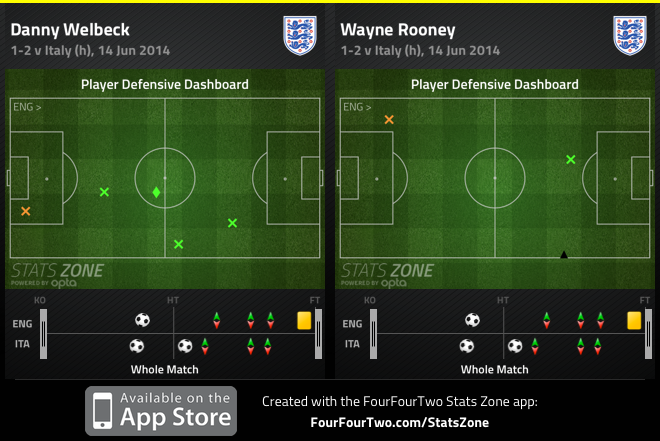
The tactical reasons for playing Rooney on the left seemed minimal, however. Instead, Hodgson decided to play the Manchester United man out of position and it proved costly. Every one of Italy’s crosses came down England’s left side, and eventually Mario Balotelli buried one of them past Joe Hart.

Similarly, substituting Sturridge – the highest-scoring Englishman in the Premier League last season – for a midfielder when 2-1 down against Italy was odd.
England’s game against Uruguay posed a different dilemma. A win was almost essential, so the one player who could have been spared more than most was surely Welbeck. His endeavour is admirable, but the young forward is largely used to help the players behind him as opposed to those in front of him. Instead, he started the game and played for 71 minutes, managing zero shots, crosses or take-ons and only 22 passes (with 68% accuracy). A player with more creative purpose – Ross Barkley, for example, who proved so in his appearance against Italy – would have seemed a more sensible choice.

Upon returning home after overseeing a forgettable World Cup, Hodgson reiterated his intention to stay on. "But," he declared, "certainly we will all sit down together before we start our next campaign to see what did we learn from the World Cup. If we made any glaring mistakes, what can we do to make sure we don't make them again?"
So, did Roy really learn?
